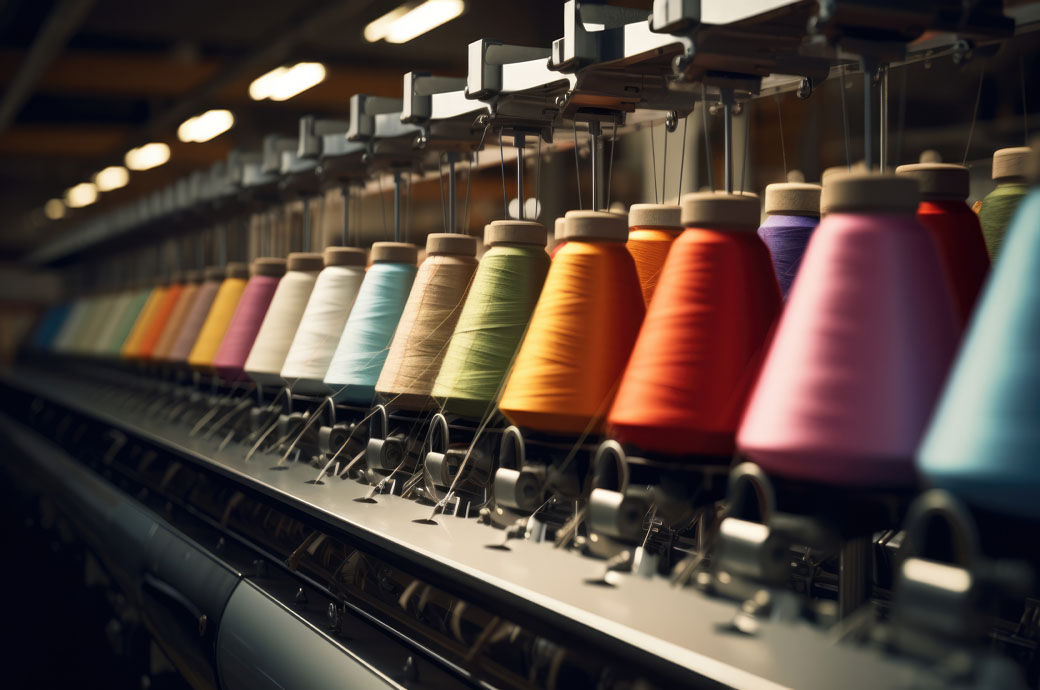
Compared to the previous fiscal’s Q1, when 57 per cent of respondents had reported higher production levels, around 78 per cent respondents expect either higher or the same level of production in Q1 FY25.
Domestic demand conditions showed optimism in Q1 FY25. This assessment of Indian manufacturing is also reflected in the order books, with 67 per cent of the respondents in Q1 FY25 expecting a higher number of orders compared to the previous quarter, FICCI said in a release.
The existing average capacity utilization in manufacturing is close to 75 per cent, which reflects sustained economic activity in the sector, which is slightly more as reported in previous surveys.
The Q1 FY24 future investment outlook is also positive, with 41 per cent of respondents indicating plans for investments and expansions in the next six months.
Others who have not shared any concrete plans for investments sighted specific problems faced in expanding capacities. These included constrained working capital due to high interest rates and delays in customer payments, difficulty in acquiring skilled labour and other market challenges like cheaper imports and dumping of subsidised products from a few countries.
Additionally, issues like logistical problems further restricted expansion efforts.
Current average capacity utilisation level of the textile, apparel and technical textile sector is 75.7 per cent, and growth expectation for the sector is moderate to low.
Eighty-six per cent of the respondents had either more or the same level of inventory in Q4 FY24, which is more than that in same quarter last year. In Q1 FY25, about 83 per cent of the respondents are expecting higher or the same level of inventory.
About 56 per cent respondents reported higher exports in Q4 FY24 and in Q1 FY25, around 70 per cent of the respondents expect their exports to be higher as compared to previous year’s similar quarters.
The hiring outlook remains positive as close to half of the respondents are looking at hiring additional workforce in the next three months.
Production cost for manufacturers in Q4 FY24 seems to remain on the higher side. The cost of production as a percentage of sales for manufacturers in the survey has risen for close to 60 per cent of respondents, which is slightly less than what was reported in the survey for the previous quarter.
The higher production costs can be attributed to several factors, including higher prices for raw materials, rising wages, increased utility and energy costs, higher scrap prices and greater logistics expenses have all been contributing to the overall rise in production costs.
Most Indian sectors though are not facing shortage of labour at factories as 83 per cent respondents mentioned that they do not have any issues with workforce availability.
The remaining 17 per cent feel that there is still lack of skilled workforce available in their sector and there is a need to step up efforts both at government and industry level.
Fibre2Fashion News Desk (DS)